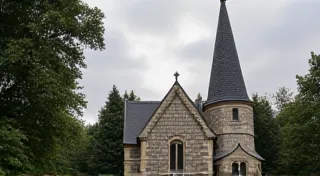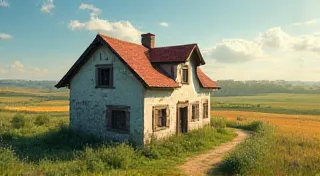The Grand Majestic Theatre: A Century of Performances
Nestled in the heart of [Region Name], the Grand Majestic Theatre stands as a testament to a bygone era of entertainment and architectural grandeur. For a century, it has been a beacon for performing arts, hosting everything from vaudeville acts and silent films to Broadway touring companies and local theatrical productions. This article explores the history of this beloved local landmark, its evolution, and the ongoing efforts to preserve its legacy. The theatre's story is deeply intertwined with the community’s development, much like other cherished spaces like the Town Hall, a vital center for civic engagement throughout the years, showcasing how public institutions reflect a community’s growth.
A Vision Realized: Construction and Early Years
The story of the Grand Majestic Theatre begins in 1923. [Founder's Name], a prominent local businessman with a passion for the arts, envisioned a theater that would rival those in larger cities. Groundbreaking occurred in [Month, Year], and the design, attributed to architect [Architect's Name], incorporated elements of [Architectural Style, e.g., Beaux-Arts, Art Deco] architecture. The theatre was designed to accommodate [Capacity] patrons, boasting plush seating, intricate plasterwork, and a stunning, hand-painted ceiling depicting [Scene from the ceiling, e.g., constellations, mythological creatures]. The ambition behind such a project required significant investment, similar to the challenges faced when establishing key community resources, and highlights the importance of local support networks. The very act of planning and executing such a significant undertaking mirrors the efforts that went into building other cornerstones of the community, fostering a sense of shared purpose and belonging.
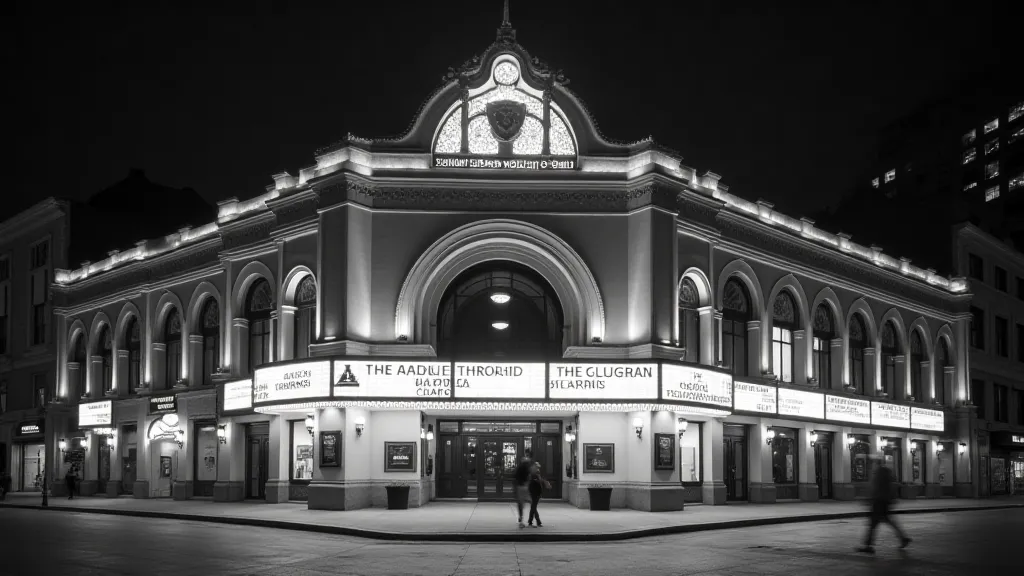
The Grand Majestic officially opened its doors on [Date] with a performance of [Opening Performance]. The early years were a period of significant growth. The theatre quickly became a hub for traveling vaudeville shows, attracting renowned performers of the day. The silent film era also found a prominent home within its walls, with live music accompanying the screenings. Providing access to knowledge and entertainment was a vital function in those early days, mirroring the role of the local Blackwood Library, which served as more than just a place to store books, but a social and informational hub connecting residents to the wider world. The need for accessible knowledge and cultural experiences was paramount, shaping the social fabric of the community and fostering a sense of collective identity.
The Golden Age and Beyond
The 1930s and 1940s are often considered the Golden Age of the Grand Majestic. The theatre adapted to the changing entertainment landscape, embracing “talkies” and hosting popular touring companies. Legend has it that [Famous Actor/Actress] once graced the stage, though documented proof remains elusive. The stories and memories shared within the theatre’s walls are enduring, much like the tales associated with the historical Historic Bridge, a vital connection for generations of locals, symbolizing both physical passage and the enduring strength of community ties. The bridge’s historical significance reflects the broader importance of infrastructure and connectivity in shaping a region’s development, much like the theatre provided a crucial space for cultural exchange.
The theatre’s role in providing a space for community gathering and creative expression was especially important during a time of uncertainty. Providing such amenities required careful planning and resource management. The impact of societal shifts and evolving tastes meant that the Grand Majestic, like many institutions, had to adapt to survive. These adaptations are a common thread throughout the history of the region, from the evolution of businesses to the transformation of public spaces. The challenges it faced were not unique; other local landmarks also grappled with the changing tides of time. The rise of new technologies and evolving social norms constantly reshaped the landscape of entertainment and leisure, demanding constant innovation and resilience.
Following World War II, the Grand Majestic faced challenges common to many historic theaters. The rise of television and suburbanization led to declining attendance. The shift in leisure activities led audiences to seek entertainment beyond the traditional theatre experience. The local General Store, once a central hub for commerce and social interaction, also felt the impact of these shifts, highlighting the broader challenges faced by traditional businesses in a rapidly changing world. While attempts were made to modernize the theatre, these often clashed with its historic charm. The need to adapt and remain relevant was a constant struggle. The sheer scale of societal change demanded a re-evaluation of cherished institutions and the development of new strategies for engaging with audiences.
Preservation and Renovation
Fortunately, a dedicated group of local preservationists recognized the historical and cultural significance of the Grand Majestic. These passionate individuals understood that the theatre represented more than just bricks and mortar; it was a symbol of the community’s shared heritage and a vital link to the past. Their efforts echo those dedicated to maintaining the integrity of other cherished local landmarks, showcasing the ongoing commitment to preserving the region's unique identity. In the 1980s, a campaign was launched to save the theatre from demolition. This grassroots effort eventually secured funding for a partial restoration, preserving the building's facade and essential structural elements. This initial restoration was a crucial step in ensuring the theatre's survival. The preservation effort was a testament to the power of collective action and the enduring value of community involvement.
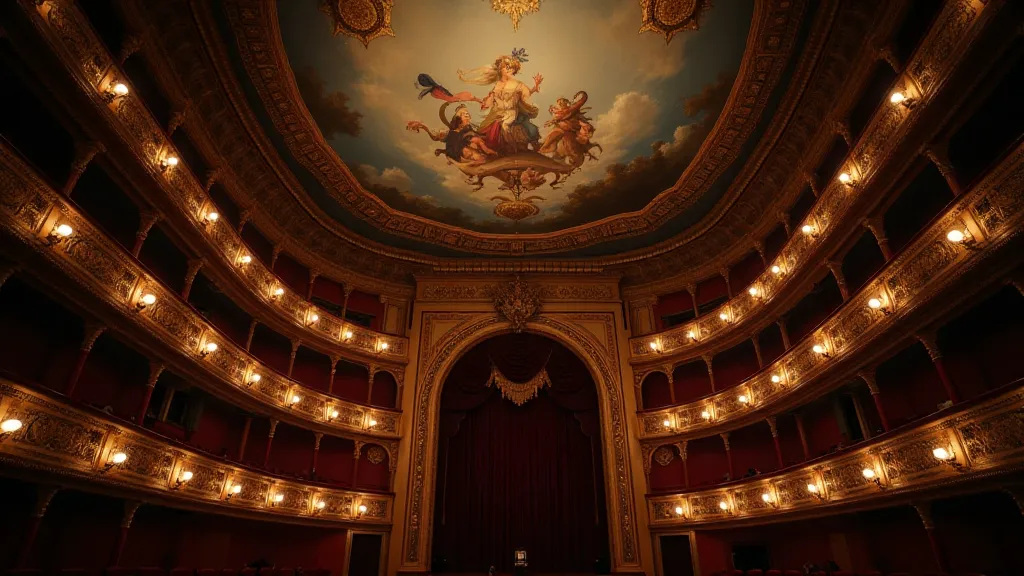
The current renovation, which began in [Year] and is expected to be completed in [Year], focuses on restoring the theatre to its former glory while incorporating modern amenities. The project includes [Specific renovations, e.g., updating the sound and lighting systems, restoring the seating, repairing the roof]. The use of modern technology allows for a richer and more immersive experience while maintaining the integrity of the building's historic character. Accessibility upgrades are also a key component of the renovation, ensuring that the Grand Majestic can be enjoyed by all members of the community. The meticulous restoration process, demanding specialized expertise and considerable financial investment, reflects the commitment to ensuring the theatre’s longevity.
A Living Legacy
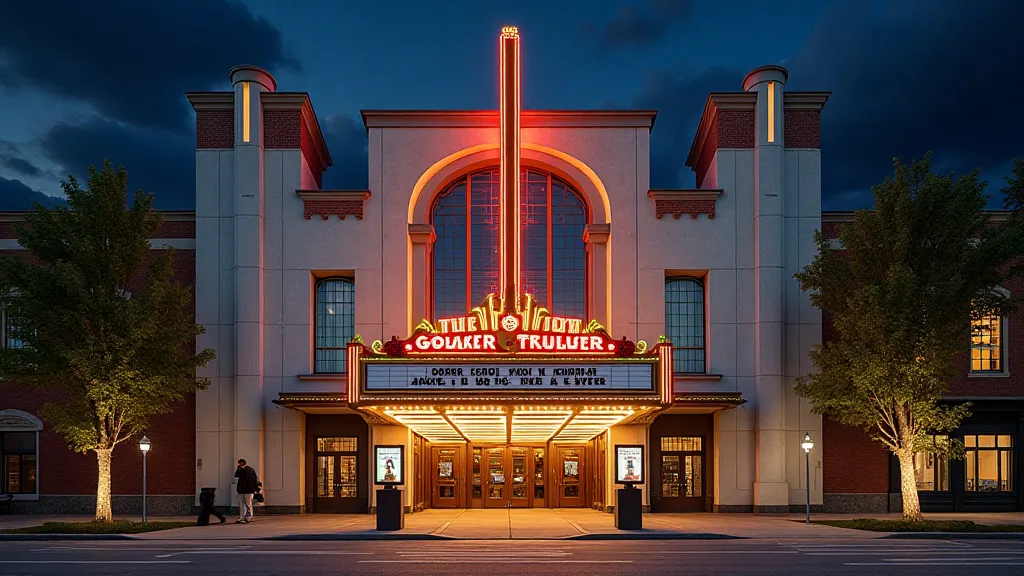
The Grand Majestic Theatre is more than just a building; it is a symbol of [Region Name]'s cultural heritage. It stands as a living testament to the power of community and the enduring appeal of live performance. The theatre’s continued existence speaks to the dedication of generations of community members who recognized its importance. The revitalization project serves as inspiration for renewed investment in other historical assets, fostering a more vibrant cultural landscape. As the renovation nears completion, the Grand Majestic is poised to once again become a cornerstone of the local arts scene, welcoming audiences to experience the magic of theatre in a beautifully restored landmark.
The revitalization of the theatre will undoubtedly have a ripple effect throughout the community, stimulating economic activity and fostering a sense of pride. Its impact goes beyond mere entertainment, contributing to the overall quality of life and strengthening the region’s identity. The Grand Majestic’s story highlights the interconnectedness of cultural institutions, economic development, and community well-being.
Looking ahead, the Grand Majestic will undoubtedly continue to evolve and adapt to meet the changing needs of the community. The success of the renovation will inspire further investment in other historical landmarks, creating a vibrant tapestry of cultural experiences for all to enjoy. The commitment to preserving the Grand Majestic’s legacy is a demonstration of the value placed on community history and artistic expression. The future of the Grand Majestic is bright, promising a renewed era of artistic expression and community engagement, a legacy built upon a century of performances and memories. It's a place where stories come alive, fostering connections between generations and enriching the lives of all who experience it. The enduring appeal of live performance, coupled with the beautifully restored architectural grandeur, promises a bright future for the Grand Majestic as a hub of artistic and cultural activity.
The Grand Majestic Theatre stands as a powerful symbol of resilience, adaptation, and the enduring power of community. It represents a place where memories are made, stories are shared, and the magic of live performance continues to captivate audiences for generations to come.
